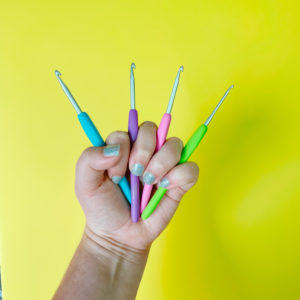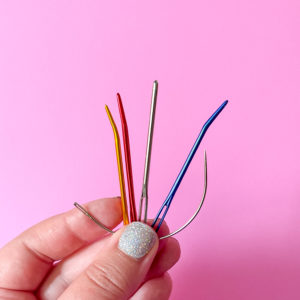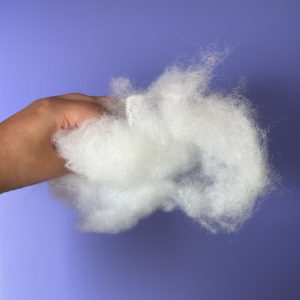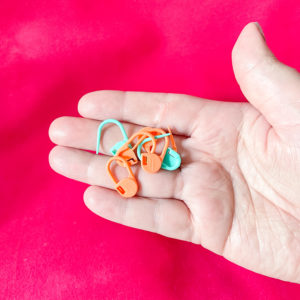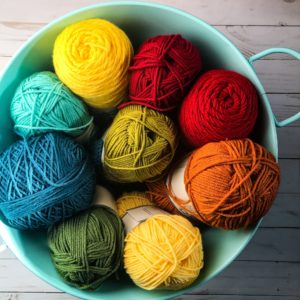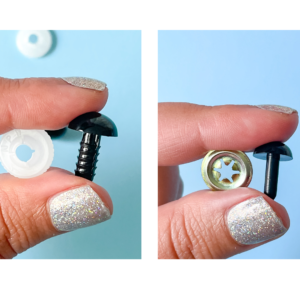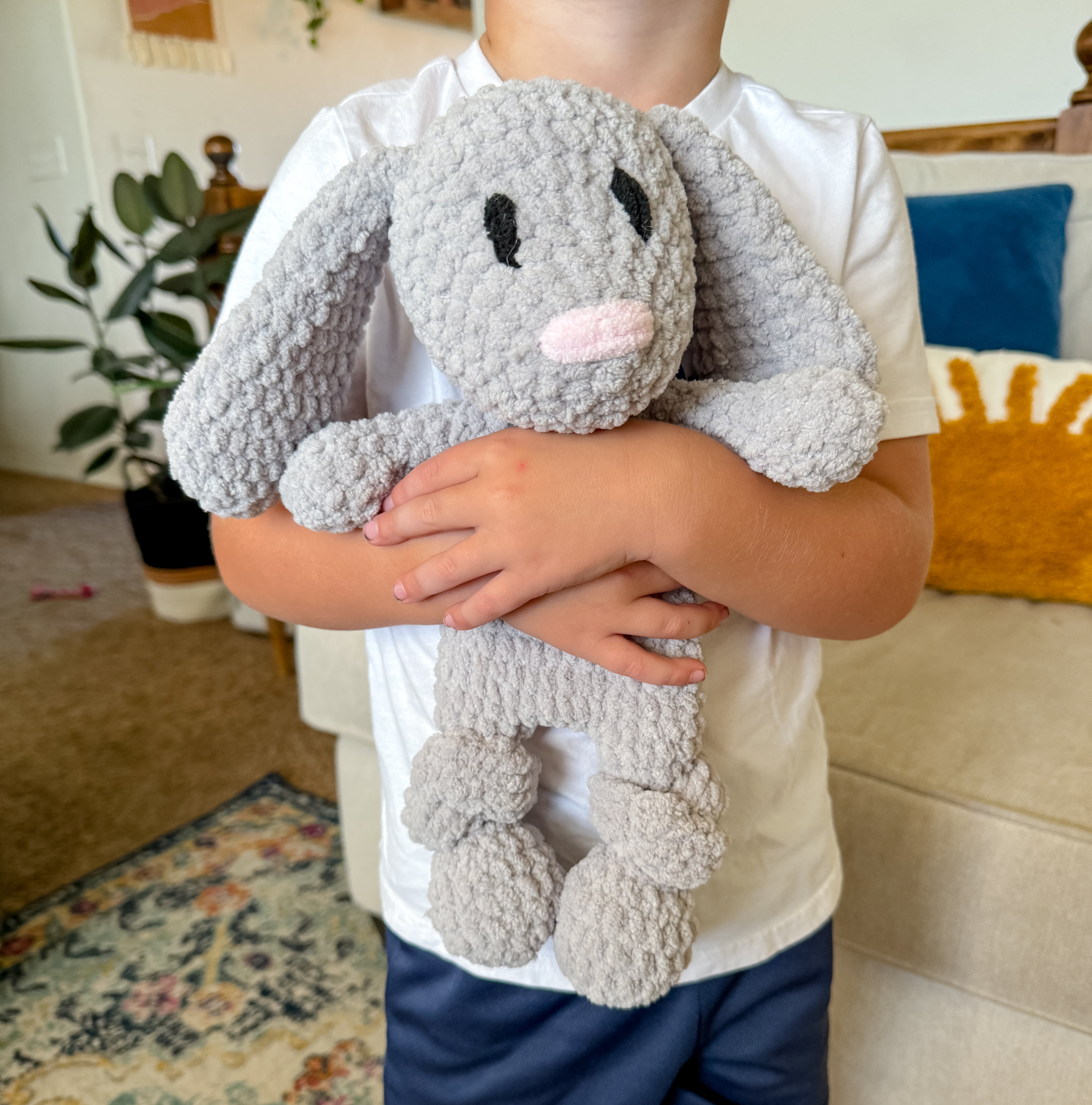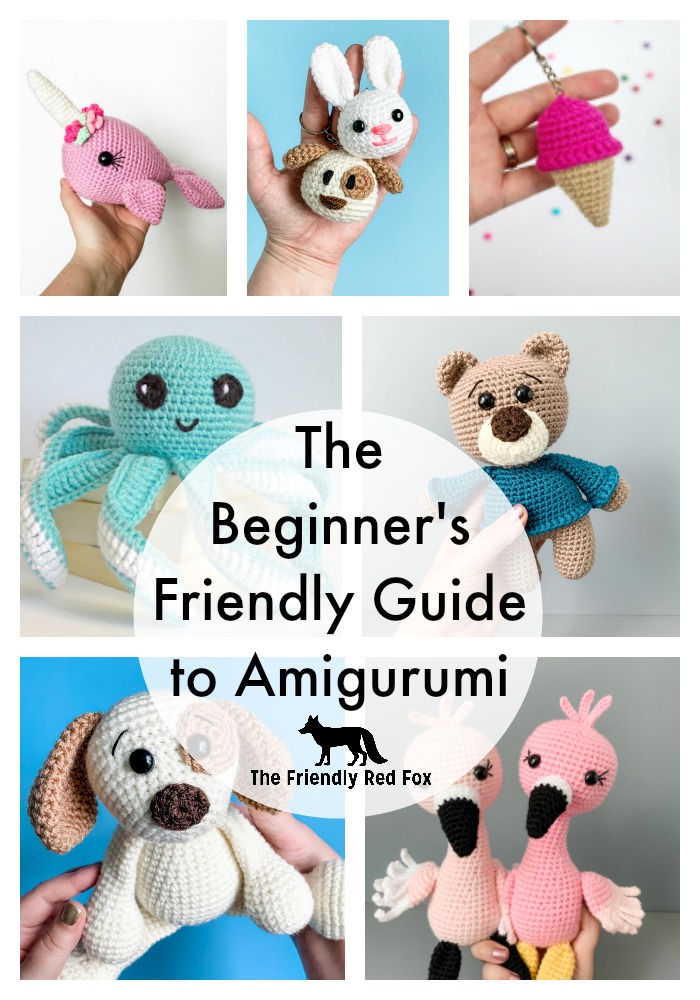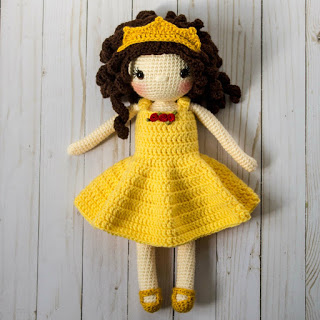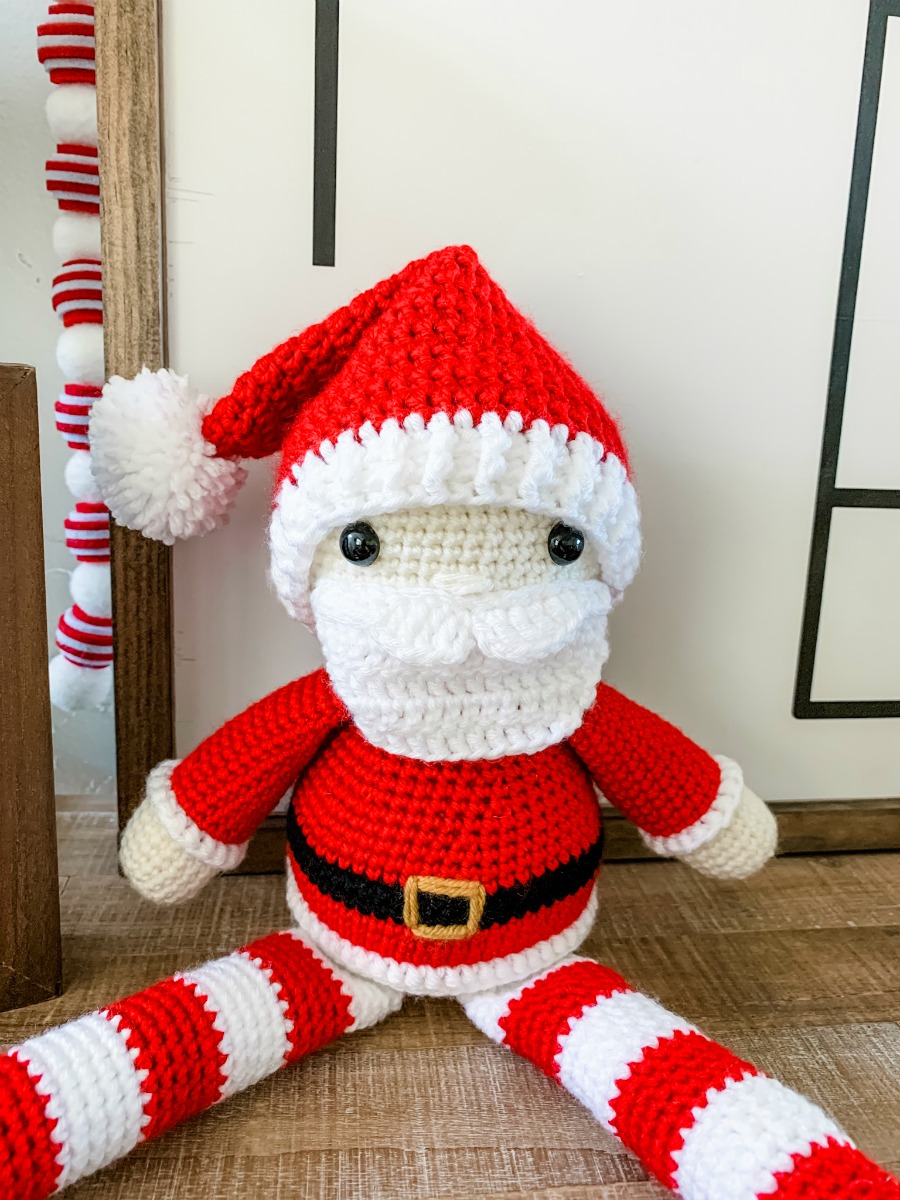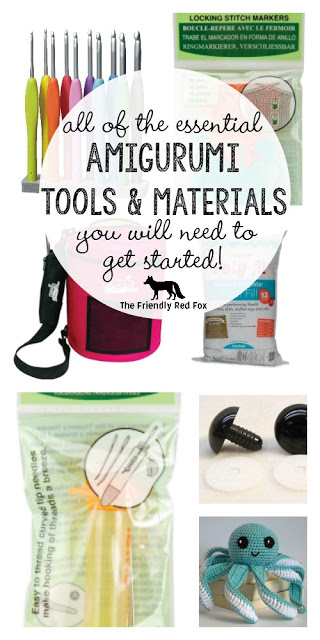What you need to make Amigurumi
What you need to make amigurumi
Are you looking to get started making Amigurumi? I know that finding the materials you need when you are first starting out can be intimidating. I remember I was walking around craft stores dazed and confused as I looked for something called “safety eyes” and I was so embarrassed I didn’t even know what SECTION I should look in!! To save you a little time and some embarrassment I wrote this post for you!
And remember you definitely need PATTERNS! I have plenty of patterns available on this site if you are looking for inspiration!
Materials you need for Amigurumi
Hook
Yep. You need a hook. Most patterns will tell you what hook to use. Generally it is a smaller size than if you are used to making scarves and hats, and almost always smaller than the recommended size hook you see on the yarn wrapper. Most hooks will work, but I have these die hard favorites. No other hook is more comfortable and long lasting, for amigurumi or any kind of crochet!
Needle
You need a larger tapestry type needle, large enough for yarn. This helps you sew on the smaller pieces (like arms, legs, and ears, etc.) I love using a bent tip needle for attaching amigurumi pieces. I also like smaller straight needles for sewing on little details like eyebrows and eyelashes. And see the wonky one that is almost a half circle? Some people swear by these for getting into tight corners!
Stuffing
I recommend using Polyfil, also called fiber fill. You can find this almost anywhere that has craft items. I tend to use the brand Fairfield.
Stitch Marker
Because amigurumi is worked in the round, you do not end the row in the traditional way (ie slip stitch to the first stitch and chain 1). But you still need to know when you have reached the end of the row! This is where the stitch marker comes in. I prefer the ones that close, such as the Clover brand (in fact I refuse to buy any other kind.) Just put them through the last stitch on the row, take it out when you reach it and crochet in the stitch, then replace!
Yarn
I get asked often what yarn to use and I usually say… It doesn’t matter! I mean it does, but it doesn’t. Let me explain.
Playing around with the type of yarn is one of my favorite parts of amigurumi. You can make the same pattern in two different types of yarn and have two wildly different finished projects! As a beginner, it is probably a good idea to use the pattern’s recommended type of yarn, but as you grow in skill and confidence, try something new! Using a smaller weight yarn will result in a smaller size amigurumi- and vice versa with a bulky yarn! Just remember you will need to adjust your hook size to achieve the tight fabric. And (this is important guys!!) make sure you use the same type of yarn for the whole project. If you are using a different color for a leg that is worsted weight and you made the rest in a bulky weight yarn… It will not be the same. (EXCEPT when recommended by the pattern designer. I actually have a sloth pattern that intentionally uses two different sizes) I also suggest using the same brand and style throughout the whole thing. Even if it says it is the same weight, different yarns still work up differently and you may wonder why the proportion is all off.
If you are just starting out with amigurumi, I also suggest using lighter, brighter colors. Just like any other crochet, using black or really dark colors makes it hard to see the stitches. Once you get used to those stitches and patterns it is a lot easier to use darker colors like black. I just recommend using a lot of bright light. Invest in a work lamp like the OTT Light, work near a window, or even a headlamp can be really useful (but you might feel a little bit silly.) Who cares, if it helps!
Acrylic
Acrylic is great because it is generally inexpensive, widely available, and has a lot of colors. I feel like it holds its shape pretty well and is pretty easy to work with. It may not be as sturdy as cotton and doesn’t dry out quite as well, but for most amigurumi, I think it works great! I tend to use more acrylic worsted weight yarn than anything else (like “Red Heart Super Saver” or “I Love This Yarn” from Hobby Lobby.)
Cotton
A LOT of people prefer cotton. It is really sturdy and provides a great solid texture for your fabric. It also dries pretty well (so ideal for baby toys that will probably get drool on them.) You may find that they pill a little less as well. It does tend to be a little more expensive but doesn’t have to break the bank. I like “I Love This Cotton” from Hobby Lobby and “24/7 Cotton” from Lion Brand Yarn.
Wool Blends
Some wool blends are really fun for amigurumi! These yarns often give an adorable rustic type look. But they tend to be more expensive and may not hold their shape quite as well. This is one that you may have to experiment with. I would not use it as a beginner.
Bulky Yarn
I love using bulky yarn in amigurumi! It is fun because you do the same amount of stitches, but can get a much larger toy! I do feel like it is a little more work- my hand and arm tends to be a little more tired after using bulky yarn! But worth it to get that extra cuddly factor. Be sure to size up on the hook you are using, though! One of my favorite bulky yarns to play with is Lion Brand’s “Color Made Easy.”
Fuzzy yarns
I personally love the look that furry yarn gives a project- but it can be a pain to work with. My absolute favorite furry yarn is “Bernat Pipsqueak”. I feel like it is the easiest to work with while still being all fun and fuzzy. See chapter 8 for tips on how to use it!
Safety Eyes and Noses
Safety eyes can add a lot of character to your amigurumi. They come in a lot of sizes, colors, even shapes! I love the look and ease of these in my projects, but some people are very concerned about using them. When I first started, I didn’t even know what they were! Here is a run down on everything safety eyes and noses.
What are they?
Safety eyes come with two pieces, a front and a back. The front part is the eye and the back is the washer that holds it in place! They are usually organized by size in millimeters. They are generally more secure than a button-like eye that you sew on, because it is held in by the washer. You can find them in different colors, cat eyes, owl eyes, glittery, with eyelashes… they can be really fun to add to your project!
Where to Find Them
You can usually find them in your local craft store, Amazon, and Etsy. I have found that craft stores stock them near doll making supplies, sometimes near felt, and sometimes near sewing items. It never hurts to ask! Amazon can be great, but it can be hard to tell what the quality is… They seem like a great deal but can be very cheaply made. I have found that Etsy provides the most selection if you are looking for a specialty eye. I can also find most of the sizes there, as well. One hint though, some of the stores ship from China, so be sure to check if you need them quickly! My usual go-to store is 6060 eyes. I always have great service, but her inventory changes a lot. I like to stock up on size 10mm and 12mm eyes, as that seems to be my most used size.
The SAFETY in Safety Eyes
I am VERY particular about my safety eyes and noses. I prefer the plastic washers and the eyes with the ridges down the pole. These seem to be the absolute best in security. Some have a straight pole and a metal washer- I think those can be good for amigurumi that is for decorative purposes, but I wouldn’t give it to my toddler. For security, whenever I am looking to buy I check to make sure they are the plastic washer and and “screw-like” post. I only have the straight ones from my early adventures.
Sometimes (even with the plastic ones!) I add a drop of super glue to the front and the back before I secure it. Make sure that you have it EXACTLY where you want it, because once the glue is on it will be super tricky to remove without making a mess. Probably impossible!
But as always, use discretion when giving to children. Consider age, the amount of play, if it is intended to sleep with, etc. My boys have played with their amigurumi animals with safety eyes almost daily for YEARS, and I have never had a problem. But the toy I give to them when they are babies does not use safety eyes because I felt that was a safer alternative. If you are selling your amigurumi, check the safety standards for your area.

